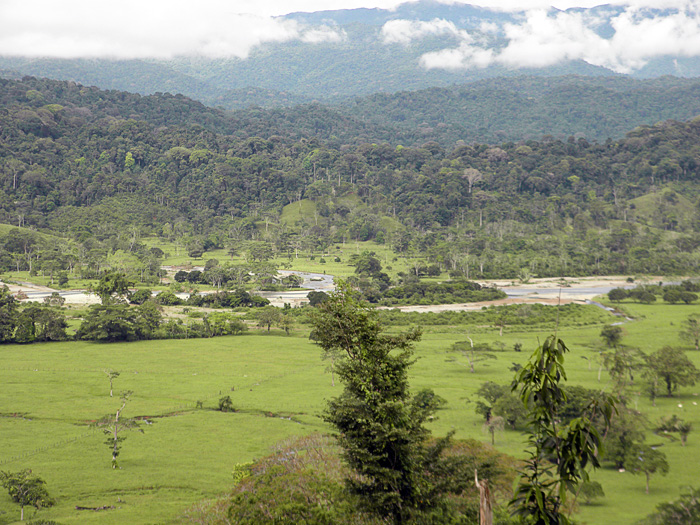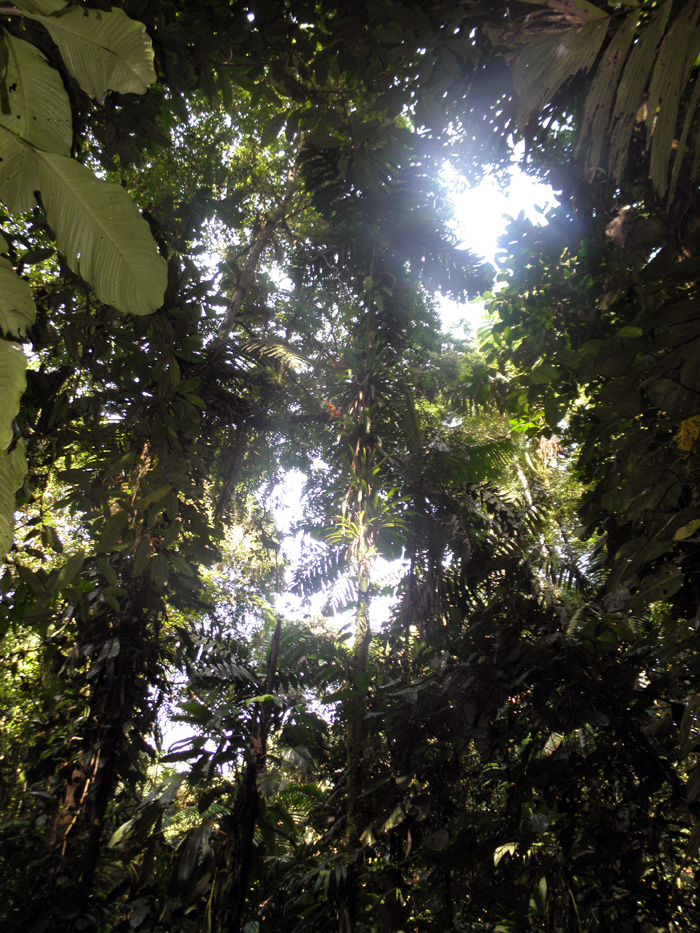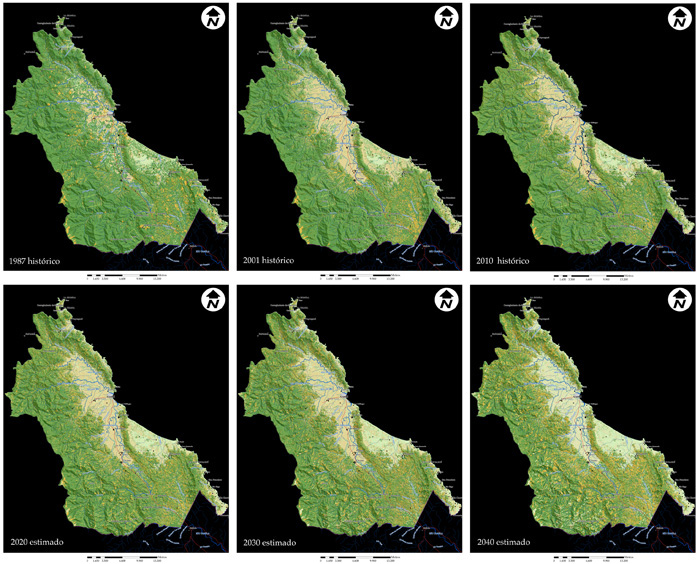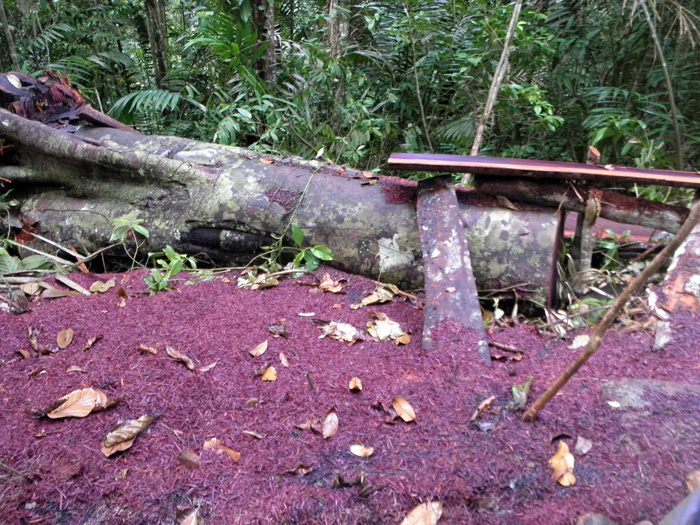Although Colombian cartography, along with environmental research, allows determining that Colombia counts on half of its territory covered by forests, the accelerate increase of deforestation (336 thousand hectares per year), the use of the soils (for agricultural and cattle production mainly) and the increase of water tributaries (that generate floods), predict a devastating forest future.
The need of controlling deforestation was more evident with the last critical rainy season. In the same way, the government admits that forest policies in Colombia are insufficient and there is no consensus regarding elemental matters such as the regulation concepts about the use of forests. Citizens are not aware of the situation either, explained Sandra Sguerra, advisor of the Environment vice minister.
The policies that are in force since 1996 have been insufficient to mitigate the environmental damage. In places like Chocó, where deforestation rate is the lowest in the country (18%), a fragmentation of its forest could occur in 40 years, or, as Julio Carrizosa, researcher from Universidad Nacional de Colombia affirms, it could be extinct in less than 70 years, if measures are not taken immediately and accurately.
Acandí in Patches
Through satellite images (Landsat), data collection taken in the zone, and mathematical models, biologist Henry Arellano, a member of the Biodiversity and Preservation Group of Universidad Nacional de Colombia, designed a simulator that allows approaching effectively (90%) to the vegetation and scope that exist in Acandí.
This municipality, located in the north of the department of Chocó, is one of the territories that are part of Darién, and according to the Geographical Institute Agustín Codazzi, it has an extension of 86,900 hectares.
"When analyzing a thousand hectares, we can find eight different types of vegetation in the same forest: Brosimum utile, Carpa guianesis, Hymenaea oblongifolia and chrysophyllum, among other trees that are cut indiscriminately by the timber industry. However, the official maps do not register this situation, but show a big vegetal mass," asserted Arellano.
These species are used to elaborate rubber, glue, oil and fungicides, mainly.
With the information collected (altitude, humidity, soil inclination and structural characteristics of the vegetation) and the historical satellite information of the zone (1987-2010), Arellano made a valuation about the current condition of Acandí and made a projection of the image that the satellite would capture in 2040, if measures are not taken in the process of transformation of this forest.
The biologist explains that figures are low compared to those of other regions such as the Amazon and Andean, but they are still alarming since between 1987 and 2001, 11,76% of forest extension in this municipality was lost, that means 7,617 hectares.
Between 2001 and 2010 the problem grew. The loss was of 13.90% (8,400 hectares). Data indicated an increase of approximately 4,000 hectares of bushes, affecting the natural forest. "These figures reflect the biggest transformation presented in the zone during the last decade, and the consequent extinction of species;" asserted the expert.
A responsible use of resources
Due to this situation, different environmental, scientific, and social institutions work on the elaboration of measures that allow understanding the problem and proposing effective solutions.
The director of the advancement of research at Colciencias, Carlos Fonceca, asserted: "we depend a lot more on knowledge. We do not have complete information about all the species of trees in the country. We do not have information about their reproduction systems and possible uses. This is our main challenge. We cannot deny that forests are a big economic source, but we cannot limit our economy to timbering."
For Ligia Arregocés, executive director of Ecofondo, if communities that live around the forest have created preservation mechanism that have not affected the use of resources, there is no reason to stop using those systems, presupposing the existence of species of rapid growth, other used for the forest and non-timber products.
Arellano ratifies this idea by asserting that, "before the 80s, we experienced a considerable recovery of the forest in Acandí. This was the result of the moderate exploitation of wood by the inhabitants. Currently, it is evident that forests are devastated in low land and flood plains."
For this reason, it is expected that by the end of 2011 "declared by UN as the International Year of Forest- the responsible institutions, such as the Ministry of Environment Protection, the environmental organizations, research groups and universities, can create clear proposals for an effective forest policy.
 Correo Electrónico
Correo Electrónico
 DNINFOA - SIA
DNINFOA - SIA
 Bibliotecas
Bibliotecas
 Convocatorias
Convocatorias
 Identidad UNAL
Identidad UNAL






